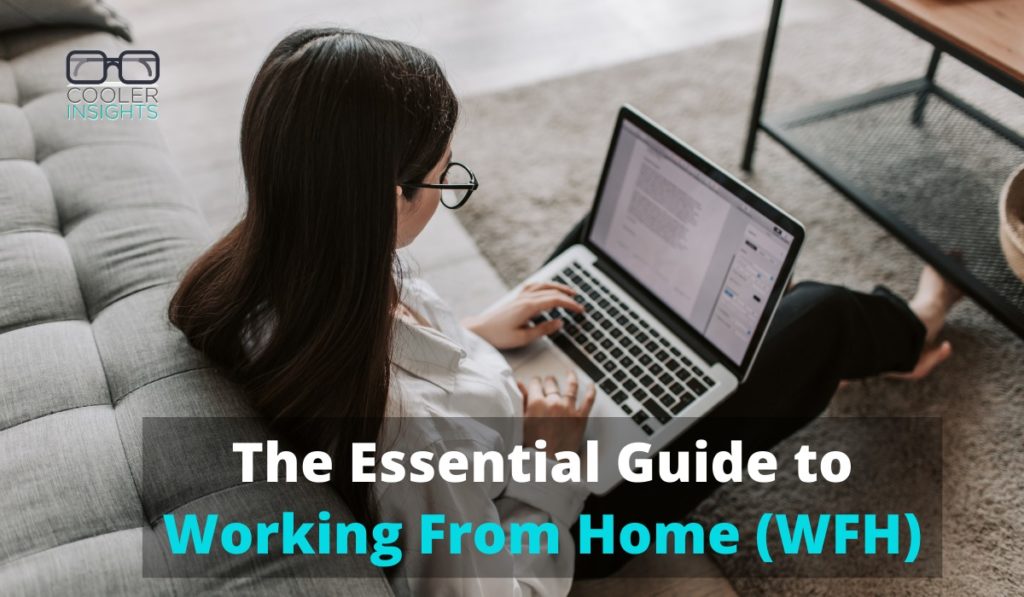
Wish to implement a work from home (WFH) policy for your company? Or perhaps you’d like to explore work from home options for yourself?
In a world that is increasingly digital, work is no longer the place you go to, but the thing you do.

Wish to implement a work from home (WFH) policy for your company? Or perhaps you’d like to explore work from home options for yourself?
In a world that is increasingly digital, work is no longer the place you go to, but the thing you do.
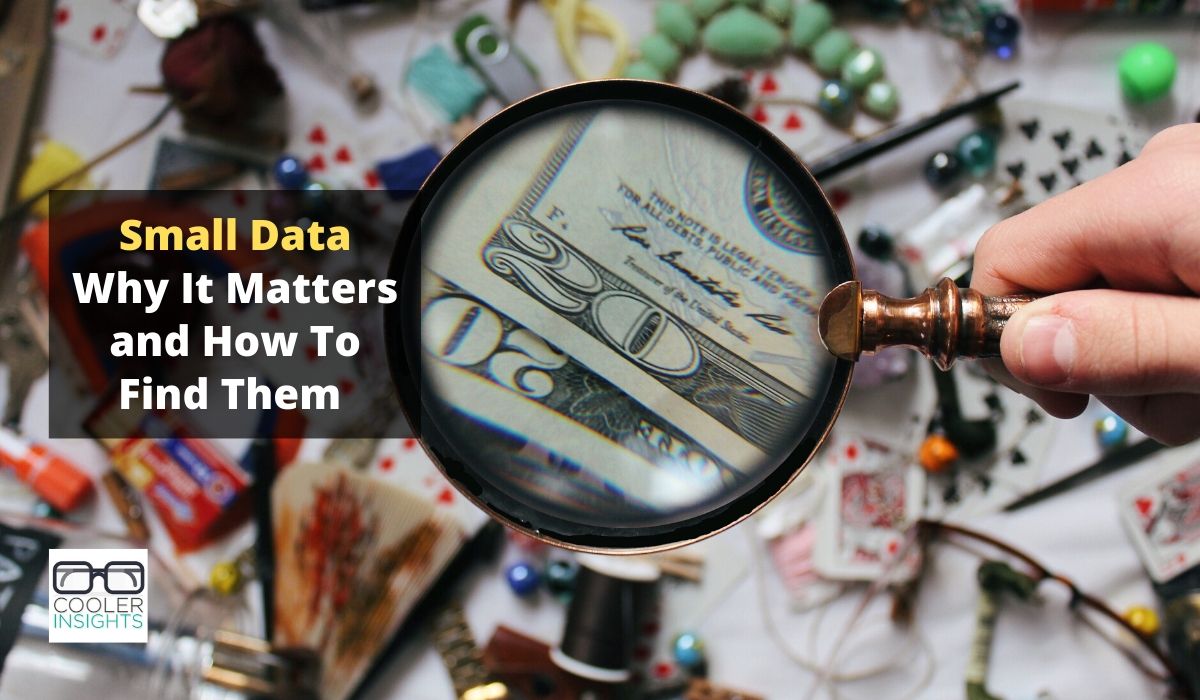
Imagine living in your customer’s house. You dig into their wardrobe. You raid their fridge. You may even sleep on their beds.
And you do it all with their permission—of course! What you’ll observe as an ethnographic market researcher there could ignite your next big business idea.

How does the energy industry affect businesses? What implications does it hold for marketers?
For some companies, energy is energy — a cost of doing business, but not something they invest much attention or research in. As a result, many don’t think about where their power comes from and can sometimes ignore or fail to investigate shifts in the sector.
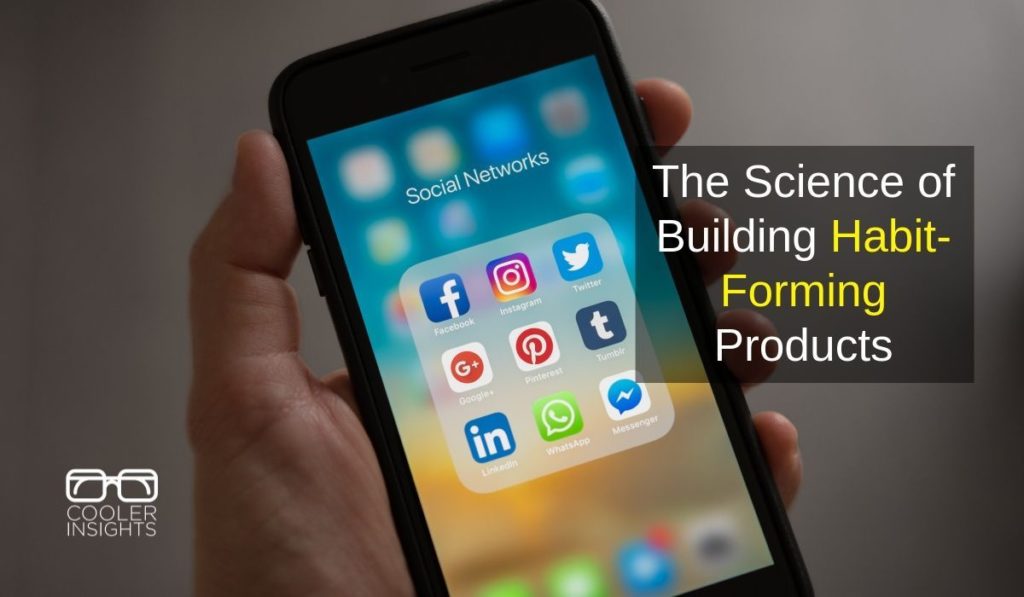
I walk a thin line in my role as a content marketer and media literacy advocate.
On one hand, I am excited about the possibilities which digital and social technologies can bring. On the flip side, I’m mindful of the dangers of digital addiction and how technologies can be used for nefarious purposes.
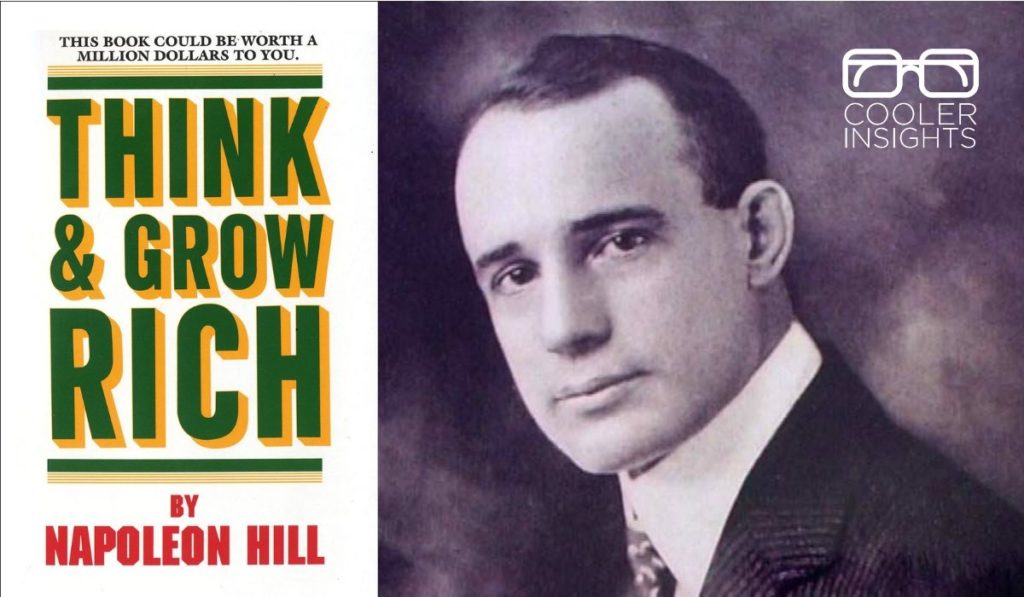
Can a book written over 80 years ago (1937 to be precise) still be relevant today?
The answer is a definite “Yes!” At least when it comes to Napoleon Hill’s widely cited volume Think and Grow Rich.
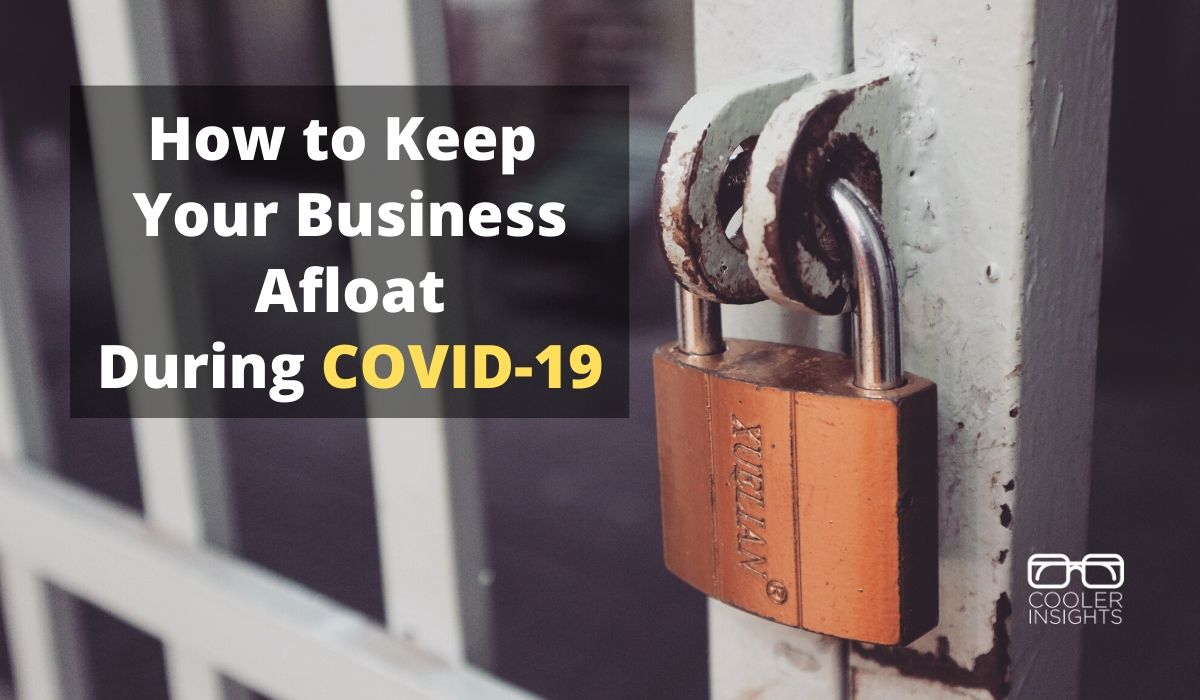
The world seems frozen as people batten down at home in an effort to slow the spread of COVID-19.
In countries around the world, some businesses closed by order of the governor of that state. Others chose to shut down for the safety of their customers and employees. Everyone has tried to do their part to slow the spread of this thing in the hopes that it will be over sooner rather than later.

There are many reasons your business does need a sign, and there are many different types of signage you can use. Your sign is your opportunity to increase brand awareness and show the world who you are. Whether you’re a brand-new company and need to get the word out or you’ve been around for a while and need a fresh, new face, signage is a smart and inexpensive way to start.
As of 2019, the Small Business Administration reports there were around 32.5 million small businesses in the United States. The number varies from state to state and city to city, of course. No matter where you are, you have competition, either directly or for the attention of local citizens.
If you want to drive passersby into your store and direct them once they arrive, pay particular attention to your signage. Here are seven reasons your business needs a sign and some best practices to help you design the right ones for your company.
Your signage helps get the word that you’re open and ready for customers. The name of your store likely tells people what you offer. A store sign with your name and logo should go at the entrance to your store. However, make sure the placement works for different distances. Will people driving down the street be able to see the sign? What about someone in the parking lot of the strip mall you’re in or inside an indoor mall? Check the sign out from different distances to ensure it is visible from different angles and far and near.
Large signs, such as billboards, help you advertise your business to motorists. People commute to work nearly every day of the week. If you can get your information in front of them, you have a captive audience. At least some of these people will turn into customers.
A general rule of thumb in advertising is that people have to see or hear your brand name seven times before they remember it. Some today might argue this number is much higher because of the sheer amount of advertising surrounding us, but large signage allows you to advertise daily and get your name out there over and over.

How do you guide people once they enter your store? Signage isn’t only for your brand name or outside ads. You can also use directional cues inside your store to show customers where to go.
For example, you might use a sign to guide people to the checkout area. Other signage can indicate clearance items, sale items or direct customers to new arrivals. Even something as simple as arrows placed on the floor helps guide customers in the direction you’d like them to go.
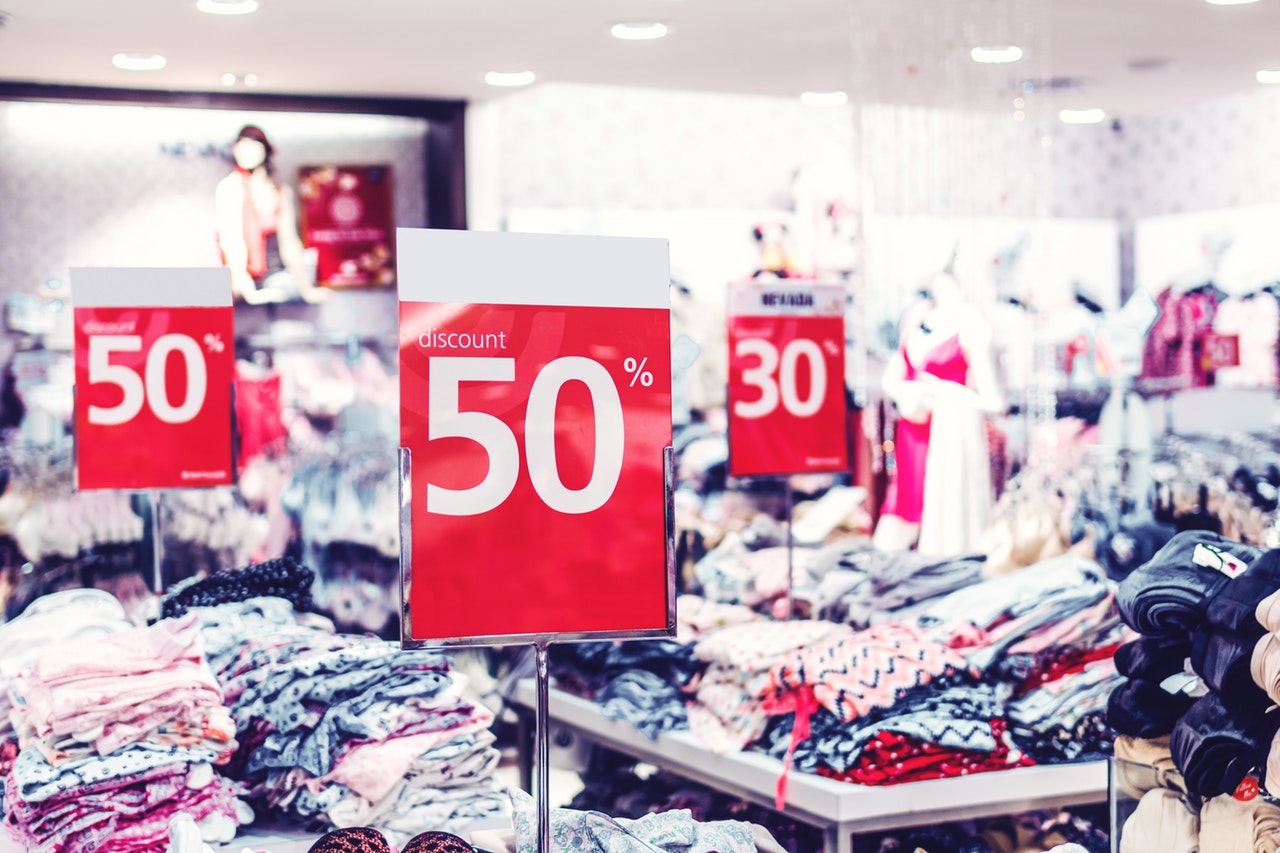
Although you need a schedule for marketing specific promotions via various media, there may be times when you have a pop-up sale. For example, if you own a bakery and everyone is buying bear claws one morning, it might be time to create a sign announcing glazed doughnuts for half off.
The key to sales-based signage is keeping it general or using signage you can change on the fly. Digital signage is an excellent way to advertise a pop-up sale and get people in your store, for example. If you can’t yet afford a digital sign, use a standard one that says “50% off” and add a small printout that tells what is on sale that day. You could also create a sign that reads, “50% off special. Ask inside.”
Use signs to entertain people and let them know you have a good sense of humor. You’ve probably driven past real estate offices or churches that have an outdoor sign they regularly update with funny sayings. Figure out a play on words, such as something about “We’re good for your ‘sole'” for a shoe store, and add humorous notes for people to enjoy.
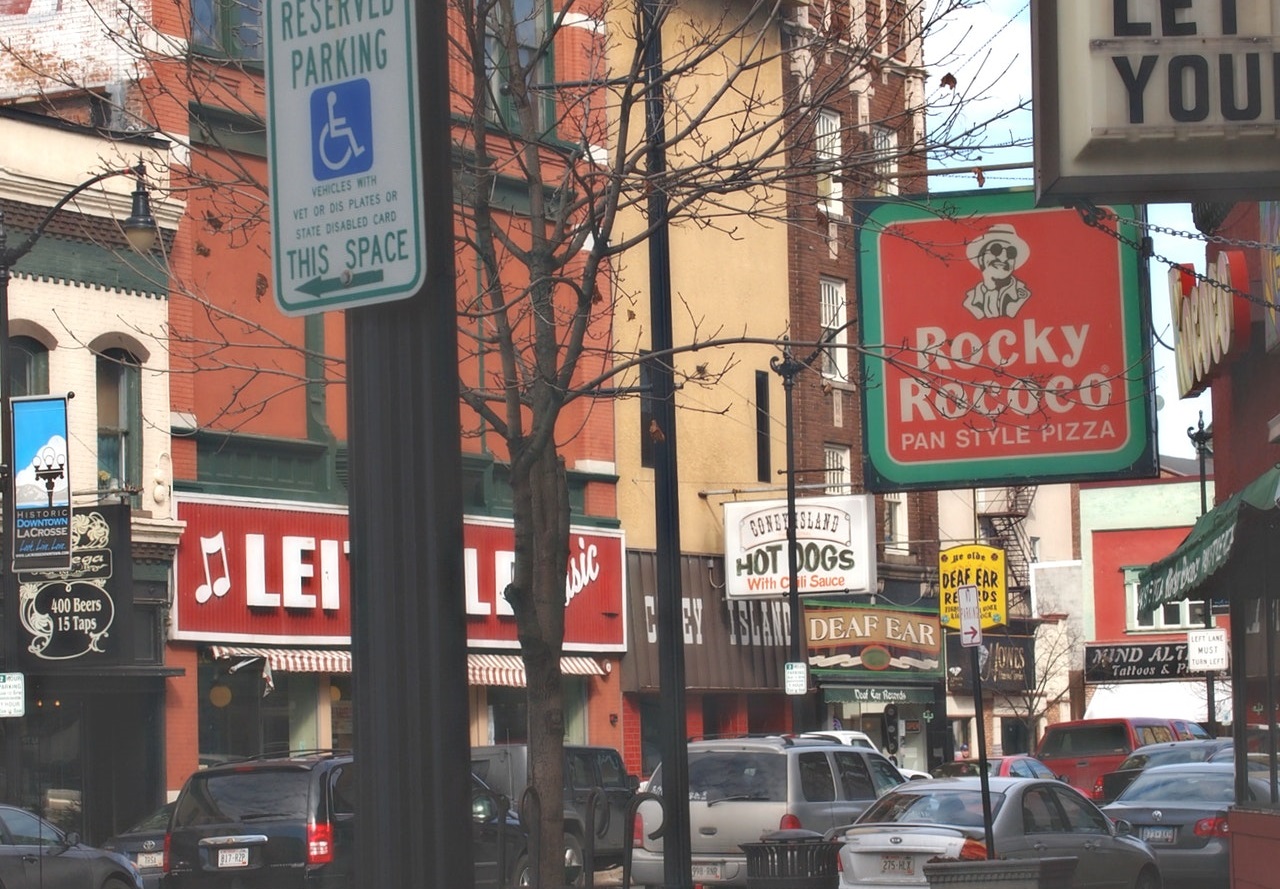
If you have a storefront or office space outside a large mall, people might have a hard time locating you. A sign shows your location and serves as a marker for customers and delivery people. You can even add information on your website or tell those who call to watch for the large, lighted sign with your name on it. Make sure any signage is clearly visible from the street.
Some products require a bit of information to convince the consumer to buy. Your sales staff may be busy or not always have time to direct each customer through the education process. Signage can help when the staff gets tied up elsewhere. Use signs to explain what a product does or how to use a demo. While not as effective as an actual in-person demonstration, self-serve demos can still help increase sales.
Signage attracts new customers and makes people aware of what your organization offers. However, poorly designed signage creates an unprofessional look that can turn off customers. Keep smart design practices in mind. Make sure there is enough contrast to easily read any words or numbers on the sign and that colors pop against the background. If you aren’t sure about your signage, seek the advice of a professional designer, and get feedback on how to make it better.

Lexie is a graphic designer and marketing enthusiast. She loves checking out local flea markets and taking her goldendoodle on hikes. Follow her on Twitter @lexieludesigner and check out her design blog, Design Roast.

People photo created by jcomp – www.freepik.com
Everybody is talking about the Wuhan virus now.
Also known as the 2019-nCoV (novel coronavirus) and now COVID-19, it brought domestic travel to a virtual standstill in China during the peak Chinese New Year period. The entire Hubei province is locked down, affecting some 60 million residents.
My life as an entrepreneur and a content marketer is a struggle. Especially since I’m a right-brained person with left-brained sensibilities.
Is it possible for me to “make art” while obeying the rules of the online world which define my domain?

DBS Bank’s Ms Karen Ngui addressing the media
Do you know that we produced 7.7 million tonnes of waste equal to 15,000 Olympic-size swimming pools in 2017?
This staggering amount of rubbish is an astonishing seven-fold increase from 40 years ago! At this rate of waste generation, Singapore’s only landfill in Semakau will run out of space by 2035.